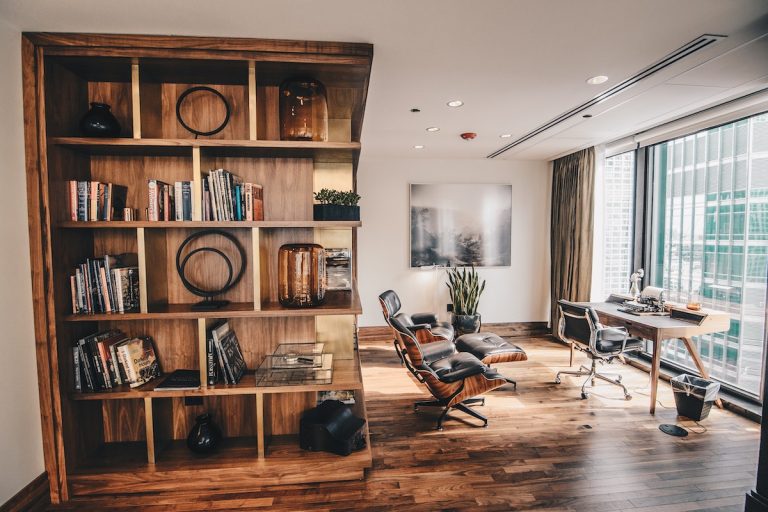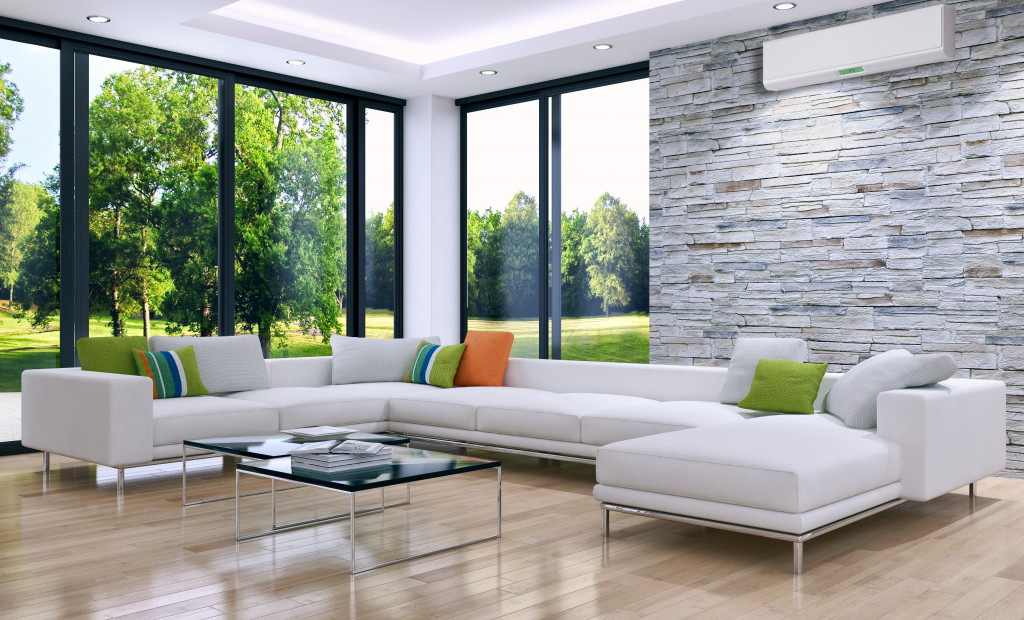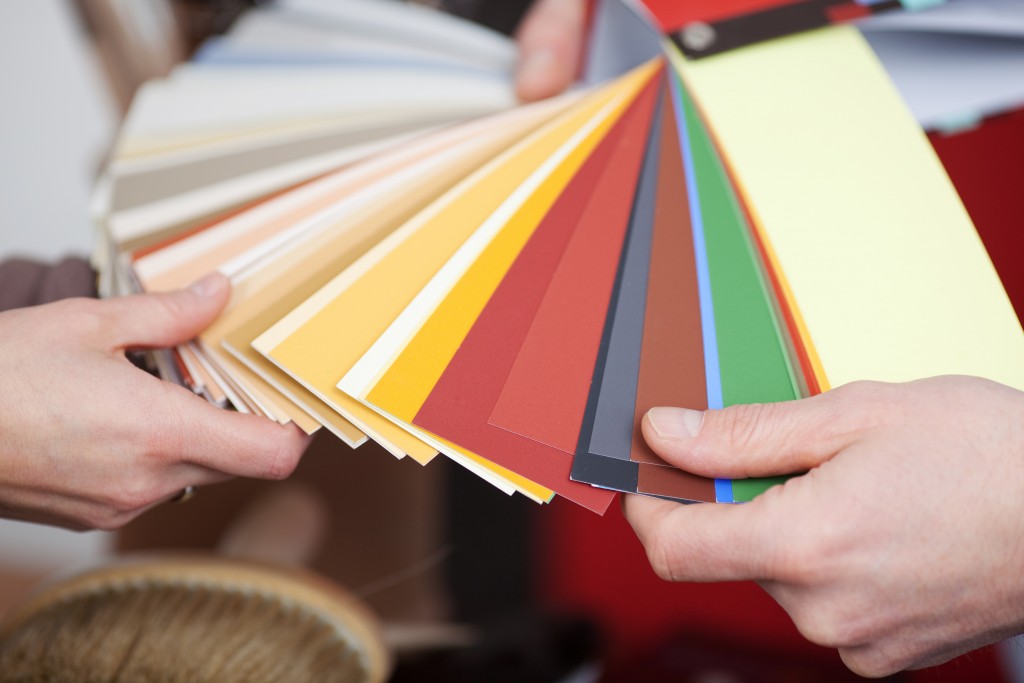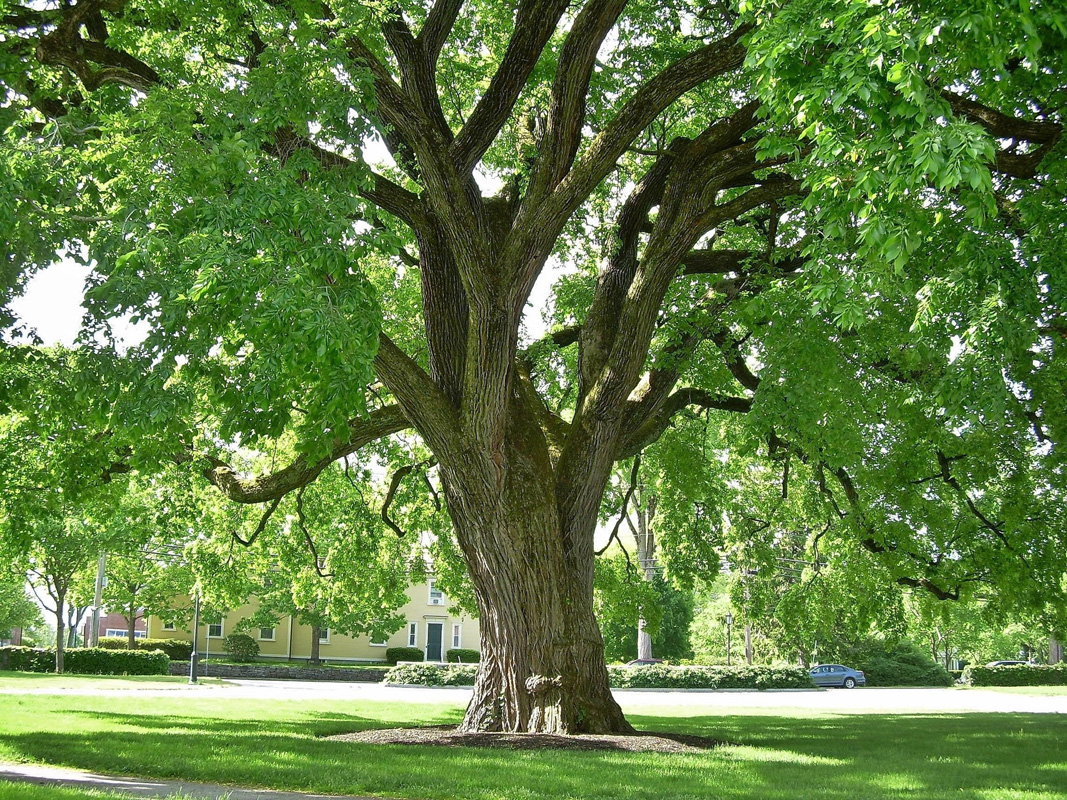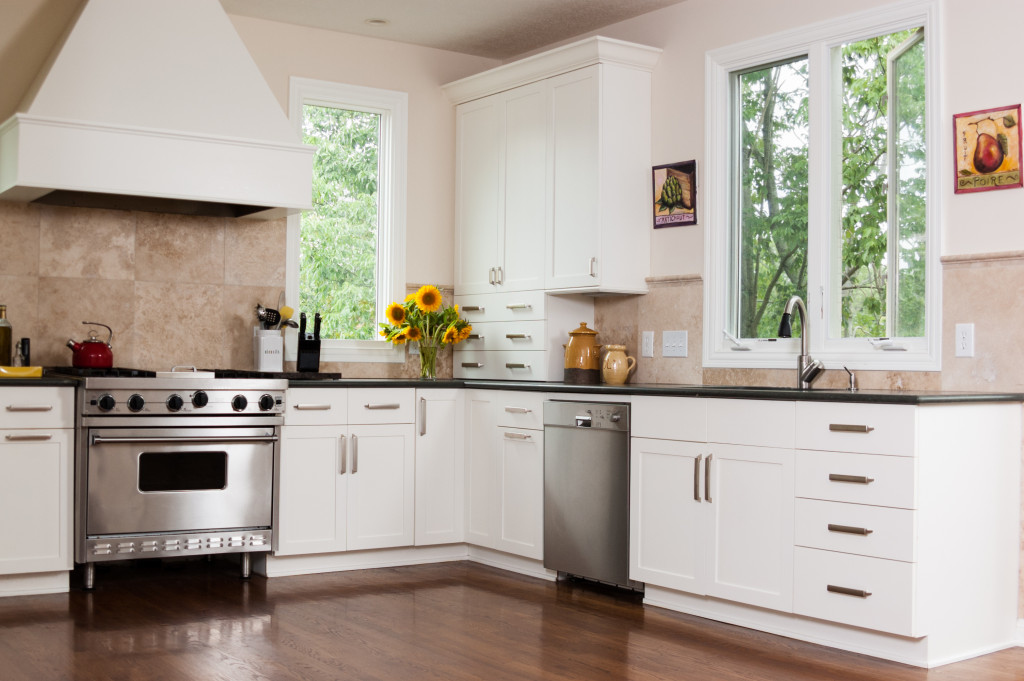• Invest in proper insulation and energy-efficient windows, doors, and solar energy systems to reduce energy costs.
• Replace lighting with LED bulbs for longer-lasting light and reduced electricity usage.
• Consider waste management solutions such as residential dumpster rental and recycling bins.
• Use sustainable materials like bamboo flooring or reclaimed wood furniture instead of traditional options.
Whether you’re a home builder, landlord, or property investor, there’s no denying the importance of eco-friendly practices. Not only do they help reduce energy costs and promote sustainability, but they also provide an added sense of pride for homeowners. But what are some ways that home design can be made eco-friendly? Here’s a look.
Heating & Cooling
One of the most critical aspects of an eco-friendly home is its heating and cooling system. Homes that are properly insulated and air-sealed will require less energy to heat and cool, which results in lower utility bills for homeowners.
Consider using fiberglass insulation in walls and ceilings, as well as blown-in insulation in attics, to maximize efficiency. These are relatively inexpensive options that can make a big difference in energy costs. Additionally, installing energy-efficient windows and doors can also help keep the house cooler in the summer and warmer in the winter.
If you also want to offset electricity costs, consider installing a solar energy system. This will help you reduce your electricity bill and be more sustainable in the long run.
Lighting & Appliances
Another critical step in creating an eco-friendly home is to replace old or outdated lighting fixtures with LED bulbs. LED bulbs use significantly less electricity than traditional incandescent bulbs while lasting much longer—upwards of 10 years.
Replacing appliances with Energy Star-certified models is another great way to save money on utilities since these products have been certified by the US Department of Energy as being more efficient than standard models. For starters, you may want to consider replacing your refrigerator, washing machine, and dishwasher with energy-efficient models.
You can also save money on water bills by installing low-flow fixtures in sinks and showers. These fixtures use significantly less water than standard models, so you’ll be able to conserve both energy and resources over time.
Waste Management
Another vital aspect of eco-friendly home design is waste management. There are many ways to reduce the amount of waste that is produced in your home. Here are some ideas to consider:
Rent Residential Dumpsters
Whether for a major renovation or construction project or just regular household use, consider affordable residential dumpster rental options from a local waste management company. This will help reduce the amount of waste that ends up in landfills and can save you time and money in the long run.
Recycling
Separating recyclable items from regular trash can significantly reduce the amount of overall waste that goes into landfills. You can set up designated recycling bins in your home and place them near areas where people will be disposing of waste.
Invest in Reusable Items
Instead of buying disposables, opt for reusable items such as shopping bags, water bottles, and cloth napkins. This will help you reduce the amount of trash that is produced in your home and keep waste out of landfills.
Install A Compost Bin
Composting is a great way to reduce the amount of waste in your home and create nutrient-rich soil for use in gardens or other landscaping projects. Investing in a compost bin can help you keep food scraps out of landfills while also helping conserve resources.
Interior Design & Decorations
Lastly, when it comes to interior design, there are also plenty of ways that homeowners can make their homes more eco-friendly. For example, try using sustainable materials such as bamboo flooring or wood furniture made from reclaimed materials instead of traditional hardwood floors or plastic furnishings.
Additionally, painting walls with low VOC (Volatile Organic Compounds) paints helps reduce air pollution while providing vibrant colors that last longer than conventional paints. If possible, try to purchase furniture and decorations that are made from recycled materials or renewable sources.
Finally, decorating with houseplants helps improve indoor air quality by absorbing carbon dioxide and releasing oxygen into the room—a plus for anyone looking for a healthier living space.
Creating an eco-friendly home doesn’t have to be complicated or expensive; it just takes a bit of knowledge and planning. By investing in proper insulation, LED lighting fixtures, Energy Star appliances, sustainable materials like bamboo flooring or reclaimed wood furniture, low VOC paint colors, and houseplants for indoor air quality improvement, you’ll not only be helping the environment but also saving lots of money on energy bills over time. With just a few small changes in your home design strategy, you can create an environmentally friendly space that will benefit everyone who lives there.

